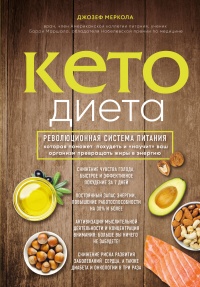Книга Интервальное голодание. Как восстановить свой организм, похудеть и активизировать работу мозга - Джейсон Фанг
Читать книгу Интервальное голодание. Как восстановить свой организм, похудеть и активизировать работу мозга - Джейсон Фанг полностью.
Шрифт:
-
+
Интервал:
-
+
Закладка:
Сделать
Перейти на страницу:
Перейти на страницу:
Книги схожие с книгой «Интервальное голодание. Как восстановить свой организм, похудеть и активизировать работу мозга - Джейсон Фанг» от автора - Джимми Мур, Джейсон Фанг:
Комментарии и отзывы (0) к книге "Интервальное голодание. Как восстановить свой организм, похудеть и активизировать работу мозга - Джейсон Фанг"








